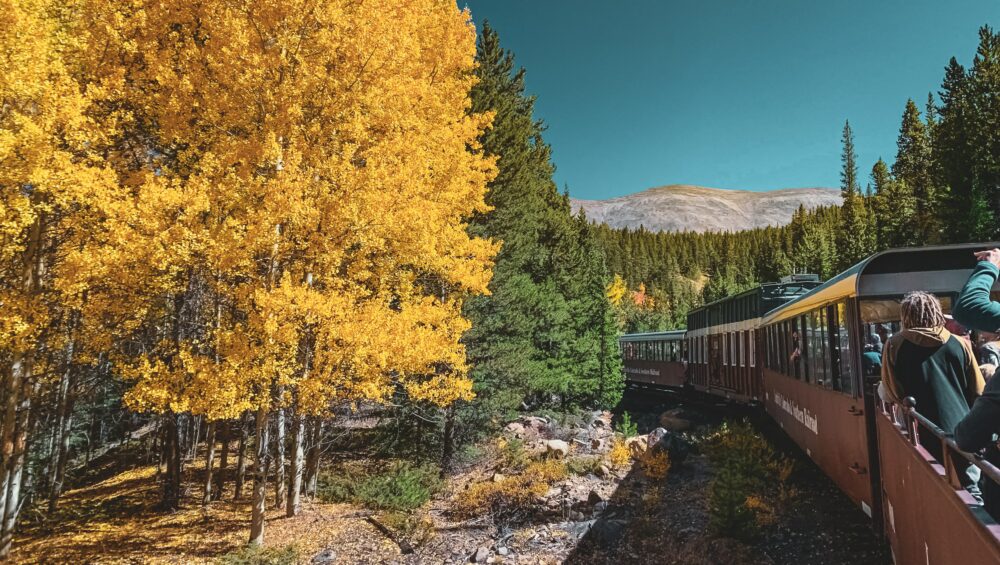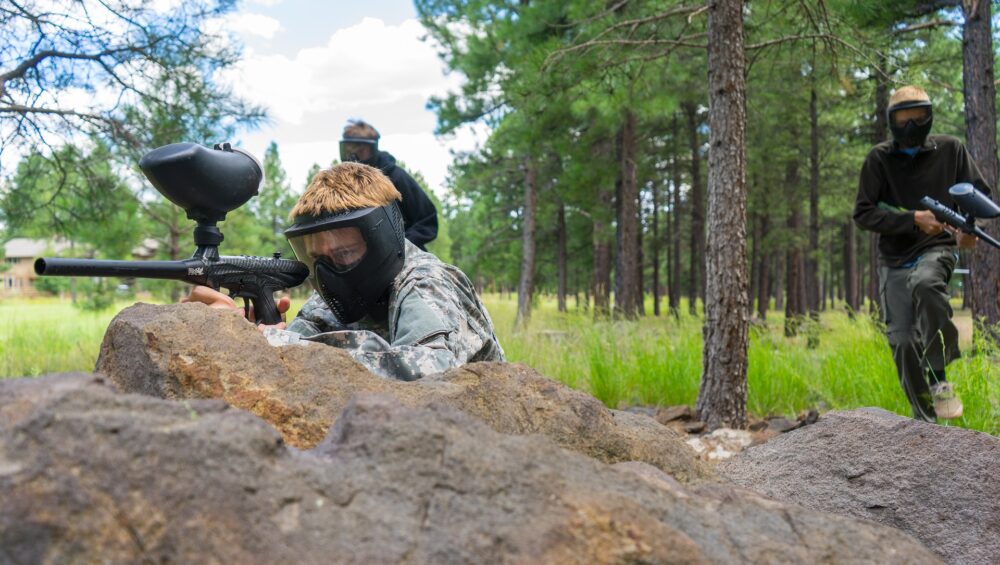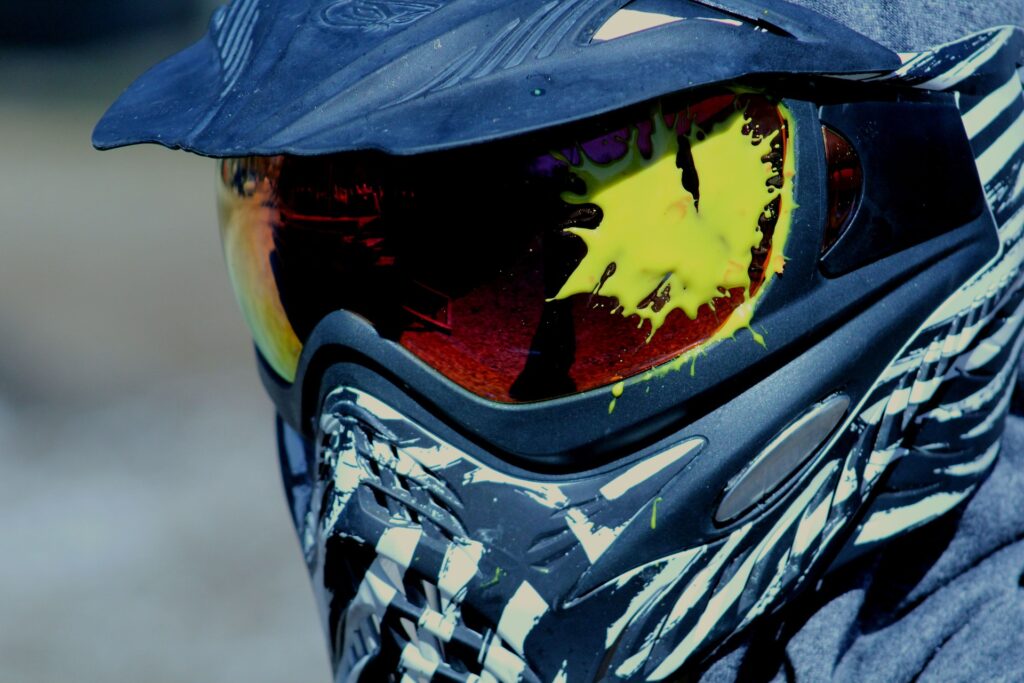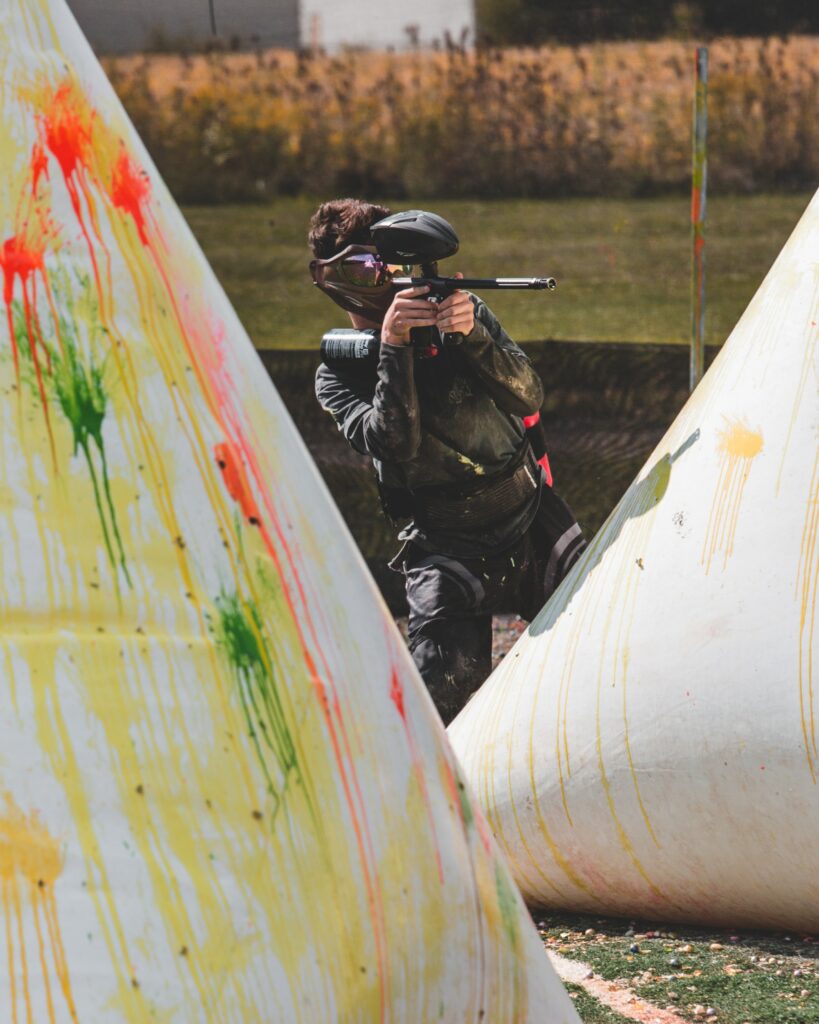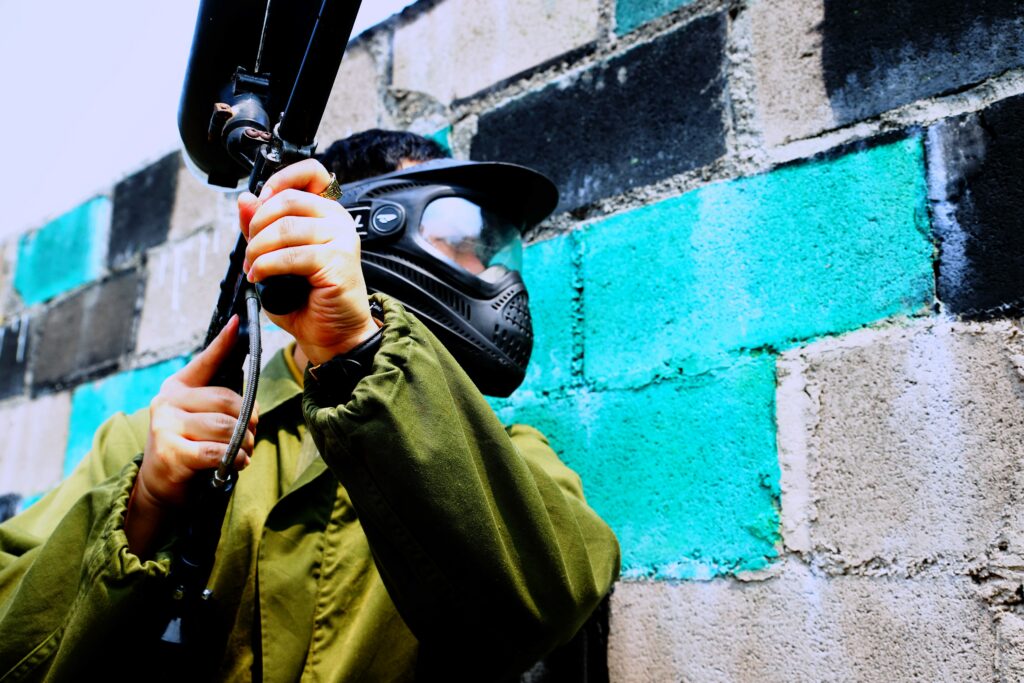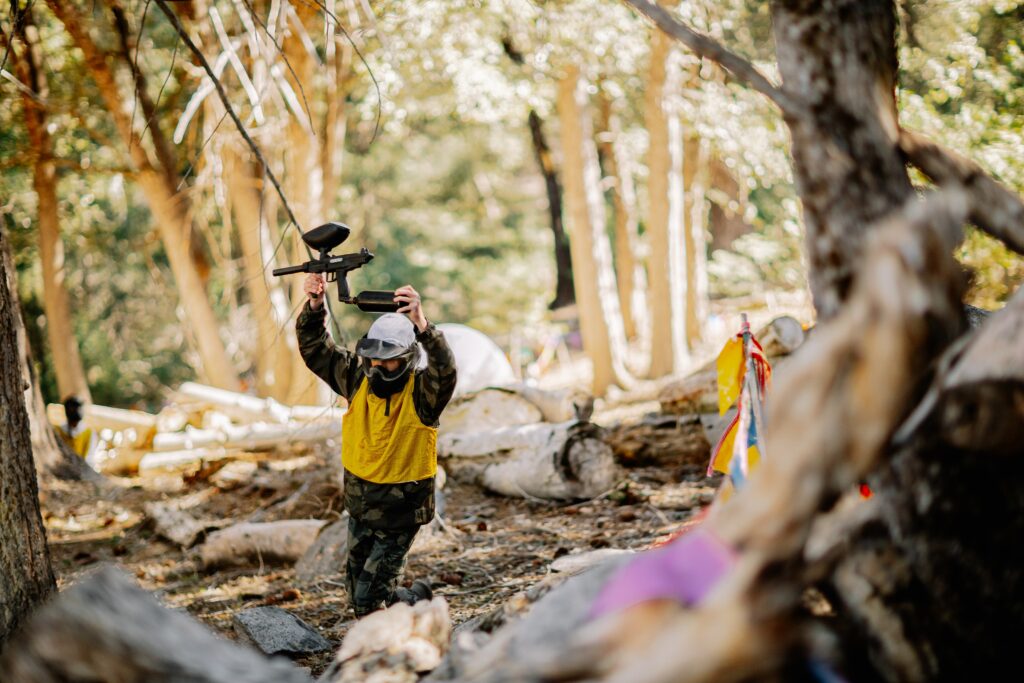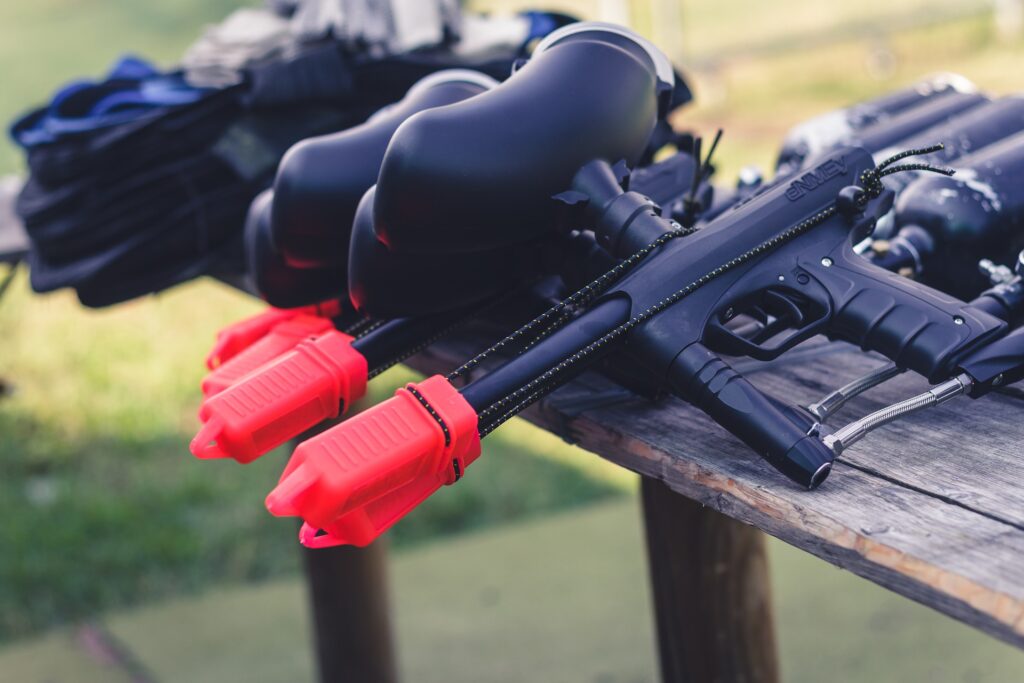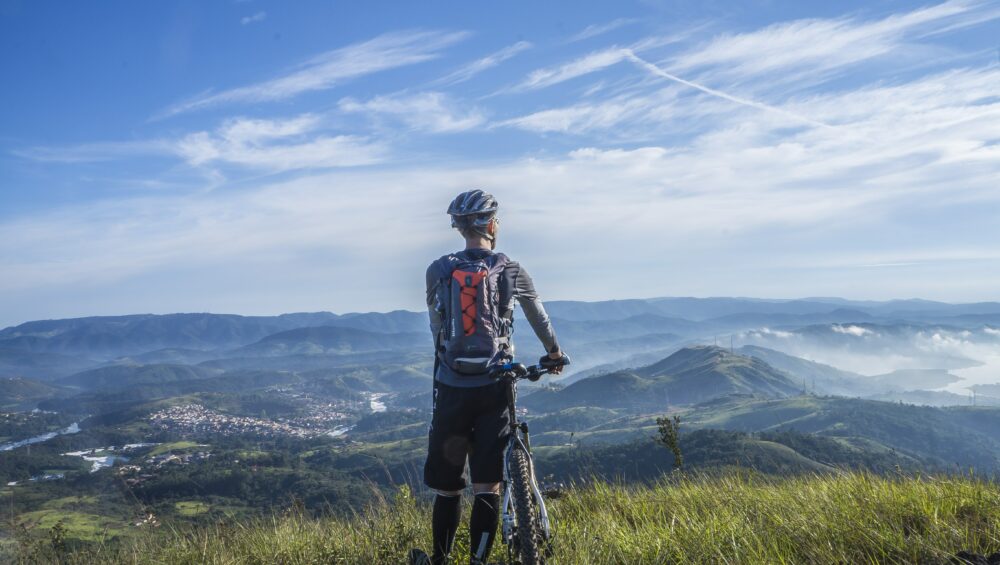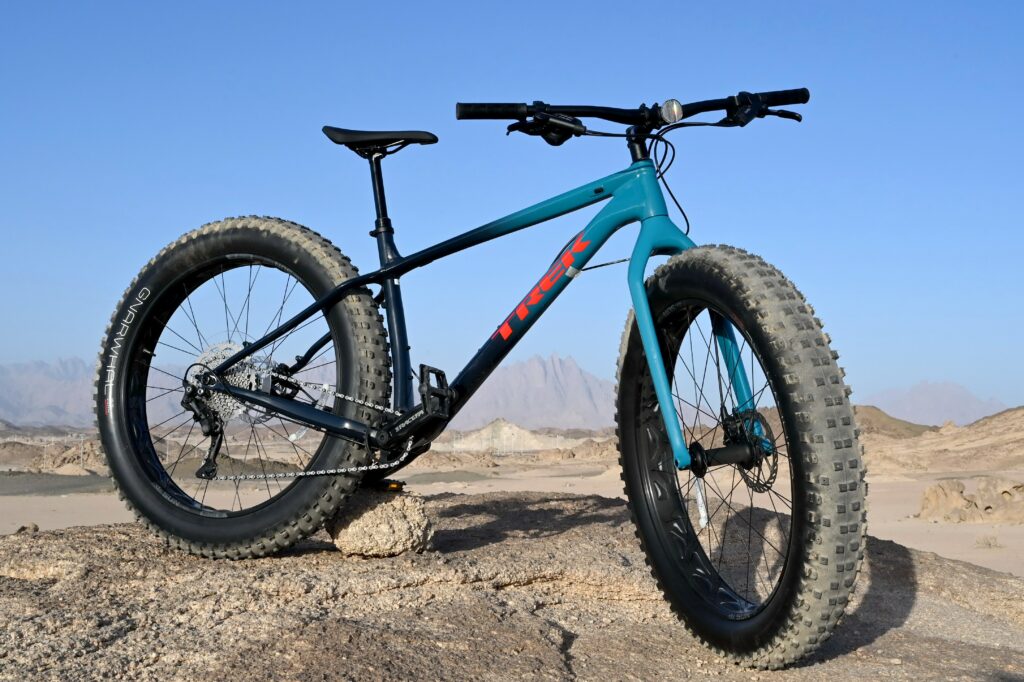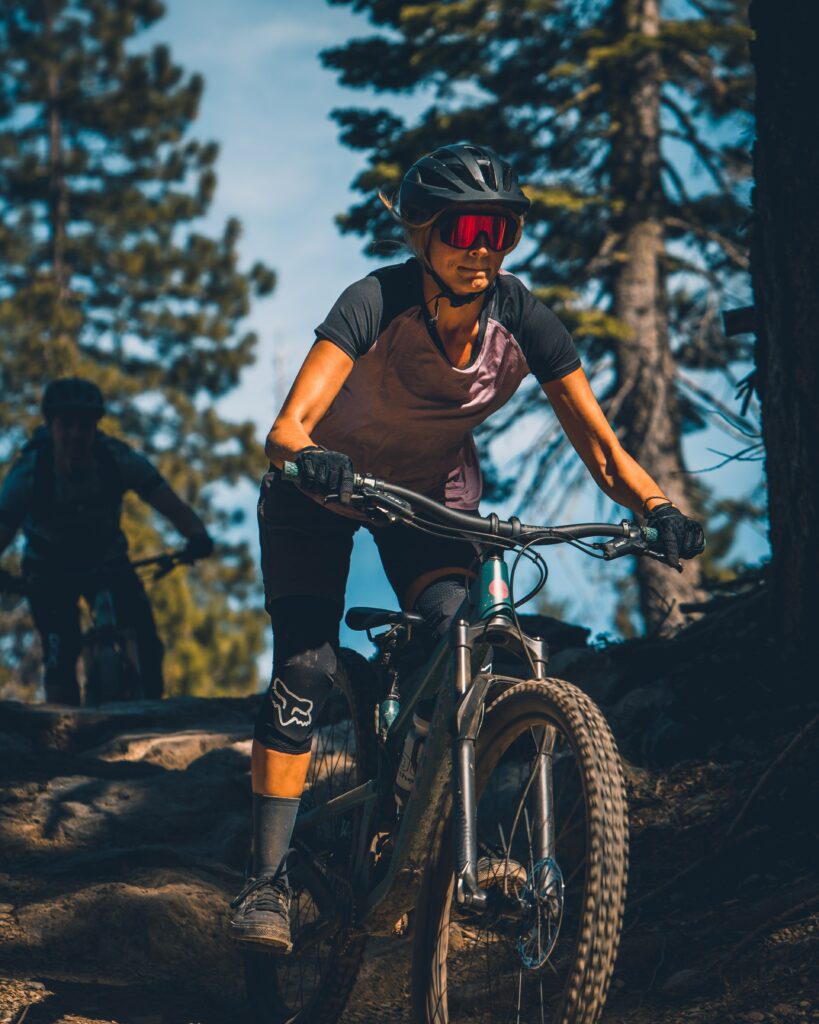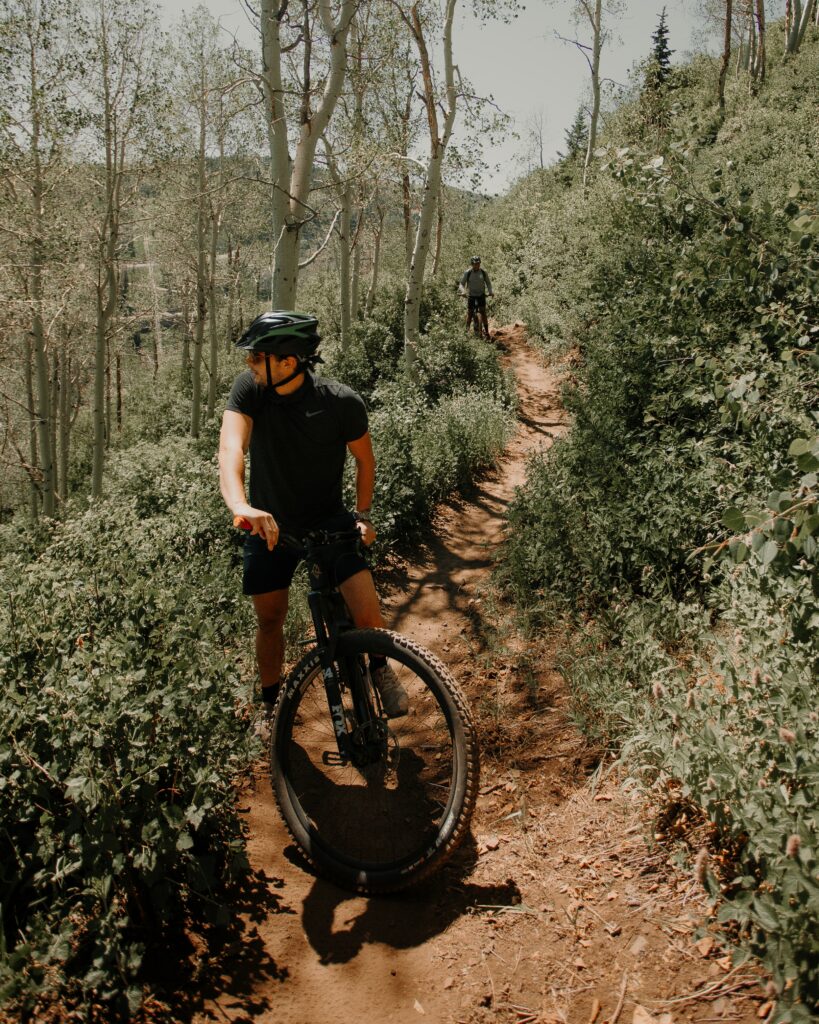The fall transforms Colorado into a gold-rich state once again. The colors of the aspens flow through like liquid gold, rushing in and out quickly, so you need to know exactly where to see fall colors in Colorado.
It’s time to cozy up and tackle the brisk Autumn air to let your eyes soak up Colorado Springs at one of its finest moments. These trails will take you to some popular, easy-access views and some hard-to-reach, hidden gems in and around Colorado Springs.
Best places to see the Fall colors in Colorado Springs
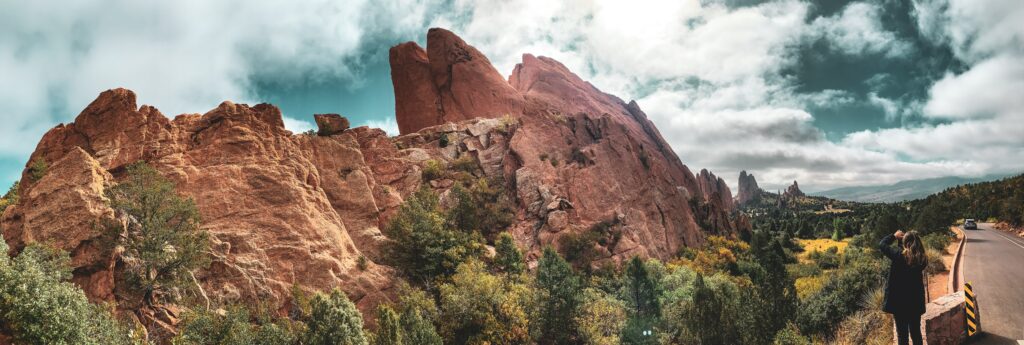
1. Pikes Peak
One of Colorado Springs’ local Fourteeners brings a wide variety of options for those looking to get one of the best fall colors tours Colorado has to offer. At 14,115 feet of elevation, you are looking down on thousands of acres of national forest. The bird’s eye view lets you grab a completely different perspective from walking down on the ground.
It’s a view that everyone should take the time to see in their lifetime and one that everyone can. You can take the easiest route of driving to the top for a short day or hop on the Barr Trail for a 25-mile trek that will genuinely make you work for the views. The most challenging part of Pikes Peak is determining how you want to experience the mountain.
Another option for the more adventurous is to hop on a bicycle and give your legs a real workout. Don’t worry. There are plenty of places to stop and catch your breath while enjoying the view.
Check out our newest Cog Up, Bike Down Tour that shuttles you to the top of Pike Peak and turns the bike ride into a downhill cruise.
2. Pikes Peak Greenway
In the fall, Pikes Peak Greenway gets a little less green and a whole lot more golden.
Urban trails offer easy access and many options with how far you want to go and for how long. Plus, you can walk down to one of your favorite restaurants while still getting the feeling of an Autumn hike.
The Pikes Peak Greenway runs through Colorado Springs. It’s mostly paved, sometimes gravelly, and is a well-maintained trail that connects several other local trails. Most bikes and all feet can take you around town to see how the fall colors transform Colorado Springs.
The Greenway gives you easy access to loads of the local parks in Colorado Springs. This is the perfect choice for a walk around town that can end in a picnic overlooking beautiful fall colors. Stop off at Monument Valley Park, Boddington Park, or America the Beautiful Park for a great spot to sit and spend the day with a thermos full of warm drinks and a bag of delicious goodies.
3. Cripple Creek
Just outside of Colorado Springs lies Cripple Creek, a small mining town that sits in a nest of aspen groves shining brightly in the fall.
You can cruise towards town in several ways that allow you to experience the countryside differently. In town, you can hop onto the Cripple Creek and Narrow Gauge Railroad for a slow crawl through the forests you have been looking at from afar.
Just make sure to get there in time; the railroad only runs until October each year.
4. Mount Esther Trail
Just northwest of Colorado Springs sits a relatively small mountain dubbed Mount Esther. While the peak is “only” 9,505 feet above sea level, the climb to get there will test your endurance.
The Mount Esther trail is 4.2 miles round trip. Trust us, it is worth the energy and the short, but steep climb.
The treasure at the top of the trail is a golden meadow that reflects all of the colors of Colorado’s autumn season. If you push forward just a bit further, you will find yourself at the Crystal Creek Reservoir. Here, the colors are reflected off the glassy waters, bringing even more color to your world.
5. Gold Camp Road
While there are loads of great drives in the area, some can be a bit more adventurous than others. Not all roads are smoothly paved yet, and those that aren’t let you get to some of the less traveled, more unique spaces of the Pikes Peak Region.
If you’re equipped with a 4×4 or an AWD vehicle, be sure to check out Gold Camp Road, as it is where to see fall colors in Colorado with a bit of bump and spicy adventure.
The name does a pretty good job of encompassing what the drive is going to get you. The rugged drive takes you through tunnels and corridors of aspens that puts you amongst some of the brightest fall colors the area has to offer.
6. Best Fall Colors Tour in Colorado Springs
If you’re looking to add in a bit of adrenaline to help warm you up on a brisk autumn day, a zipline tour is one of the best ways to see the fall colors of Colorado Springs. This option gives you a unique view that is constantly changing as you fly through the air.
This zipline tour will engrain the memories of fall colors into your mind in a way that is hard to find doing anything else.
An 1800 foot zipline gives you the chance to take in sweeping views of the colors while feeling the breeze across your body. A 1500 foot line takes you over a 150-foot deep canyon, really giving you a unique view of the forests below you.

